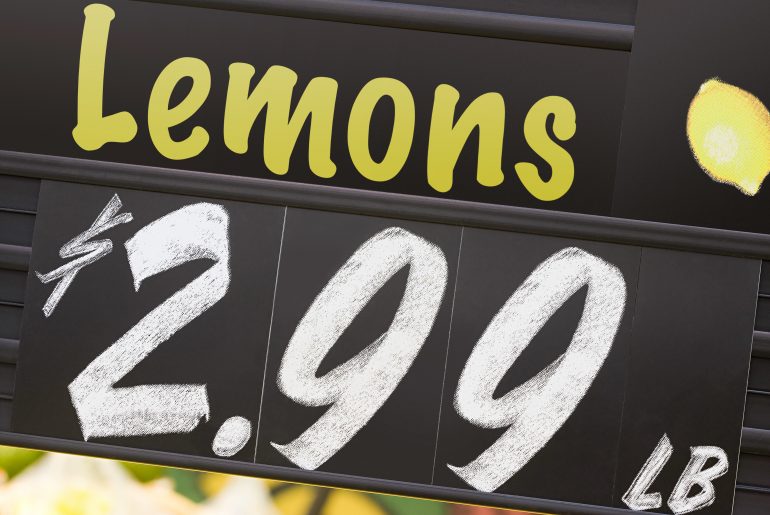Most abbreviations seem obvious in their origins. For example “tbsp” for tablespoon and “Tue” for Tuesday are pretty good nods to the original word. But you may have noticed one common abbreviation seems to break this custom. You’ve seen it on scales: you’ve seen it in grocery stores. The problem child abbreviation is, of course, “lb” for pound, and you’ve probably wondered just how the heck that happened.
On first glance, “lb” doesn’t make much sense, but the reason is actually kind of clever.
The Huffington Post pointed out that “lb” is the abbreviation for the Latin word libra, which is the seventh sign in the zodiac. The word libra referred to the scales or balance in ancient Roman times and was also part of a unit of measurement called “libra pondo,” which, translated means “pound weight.”
So “lb” became the shorthand for “a pound of weight.”
Although it’s Americans who are most likely to be abbreviating pounds, the British use the word to describe their currency — the pound. This is because its original value was worth a pound of silver. The British symbol for pound also has interesting ties to Libra. The £ is basically an ornate letter L. Same goes for the symbol for the Italian currency from 1861 to 2002, the Lira (₤).
The pound sign — more commonly known as the hashtag — also comes to us from libra. It’s design came from the way medieval scribes wrote the abbreviation “lb.”
So the next time you step on a digital scale in the United States, if nothing else excites you at this moment, you’ll at least have a greater appreciation for that little “lb.”
(h/t The Huffington Post)
Also see, The history of pizza.




